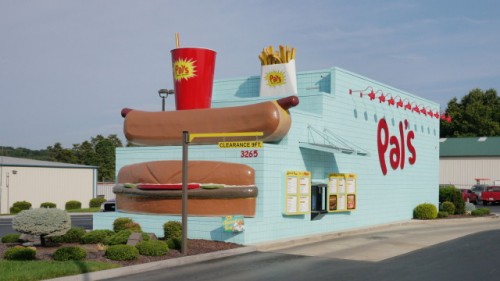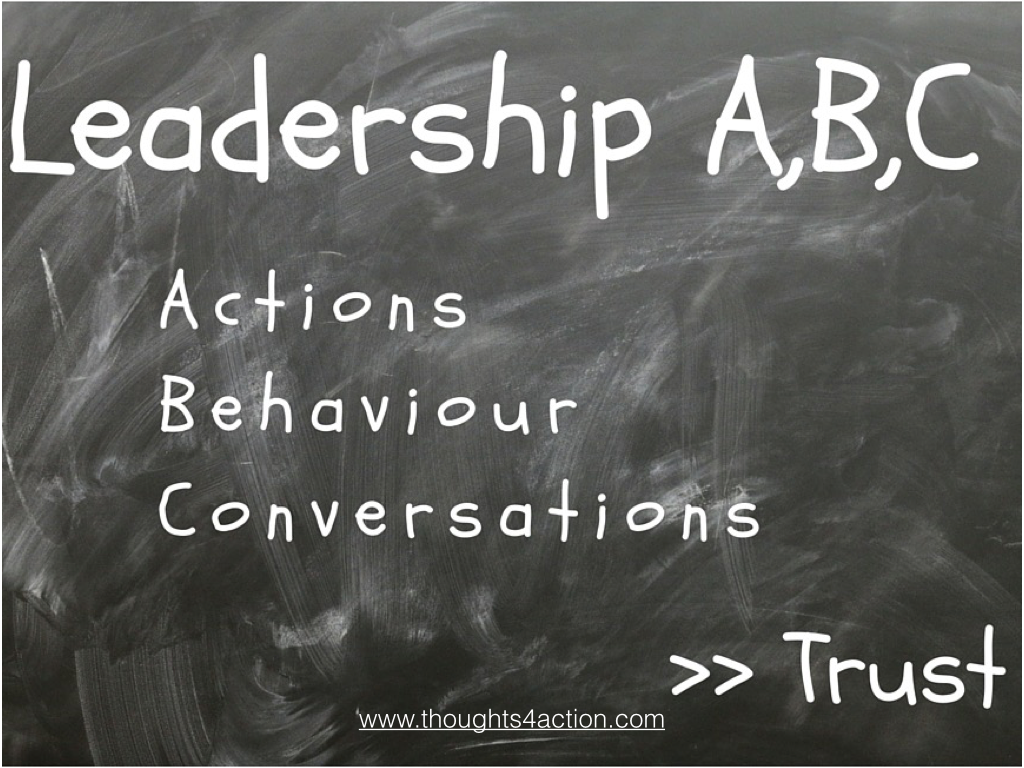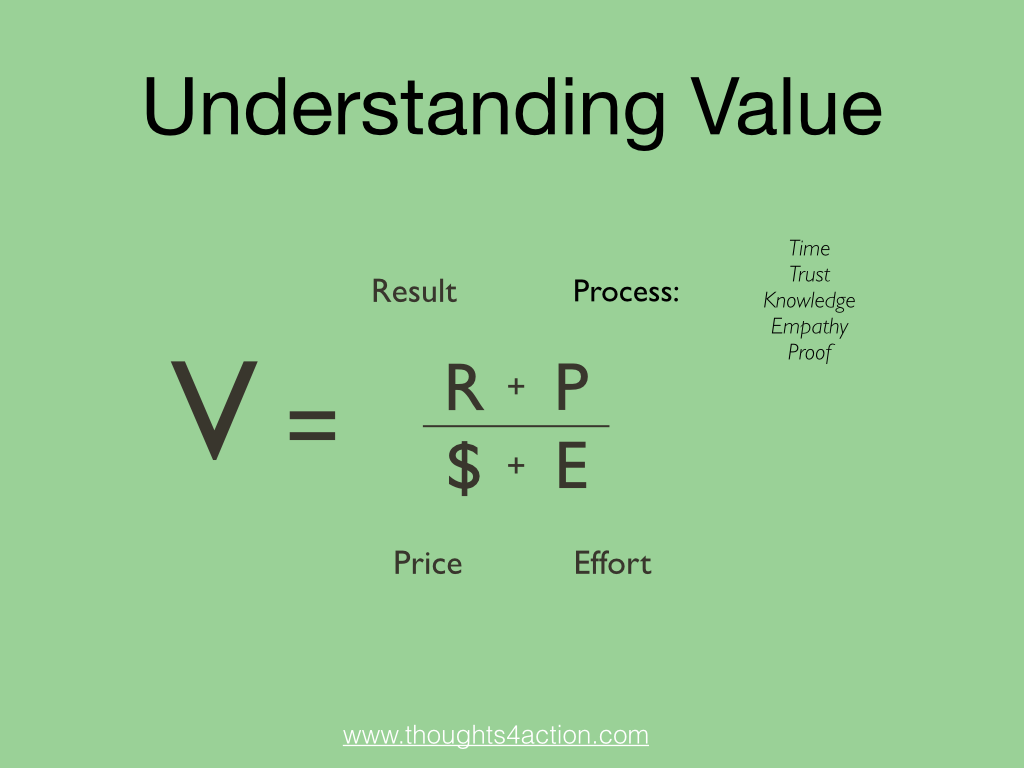Focusing on the customer experience is the key to high customer loyalty – it’s well established.
That is also why around 70% of medium to large UK companies have a customer experience manager at the level of VP or equivalent. The current buzz-tool for developing these customer experiences is ‘service design thinking’.
So far so good.
But if you’re familiar with the service profit chain, you also know that the key to an exceptional customer experience starts somewhere else. We need to create what we call ‘internal quality’ – more popularly referred to as ‘a dream team cycle’.
So what would happen if we were to turn all this service design thinking on its head and focus more on the employee experience? When did we last sit down to analyse the employee journey as it unfolds throughout the day?
Do we know what the critical touch points are? Have we done some emotional mapping that could help us understand what the possible frustrations are during a day?
What are the learning opportunities? Does this job have varying challenges, or is it just the same thing day in, day out?
This idea came to me as I read Global Human Capital Trends 2016, published by Deloitte University Press. According to this latest survey, 92% of executives listed organisational design as very important and something they will be focusing on this year.
So designing our service organisations from the employee perspective should receive the same kind of attention and resources as we use when looking at the customer experience. Yes?
This leaves the question of who the chief employee experience officer is going to be in your organisation. Will they be part of HR, or will your organisation create a totally separate role?
I would love to hear your views on this, so please feel free to reply to this mail.


 ‘People go out of calibration just like machines go out of calibration’, CEO Crosby explains. ‘So we are always training, always teaching, always coaching. If you want people to succeed, you have to be willing to teach them’.
‘People go out of calibration just like machines go out of calibration’, CEO Crosby explains. ‘So we are always training, always teaching, always coaching. If you want people to succeed, you have to be willing to teach them’.



